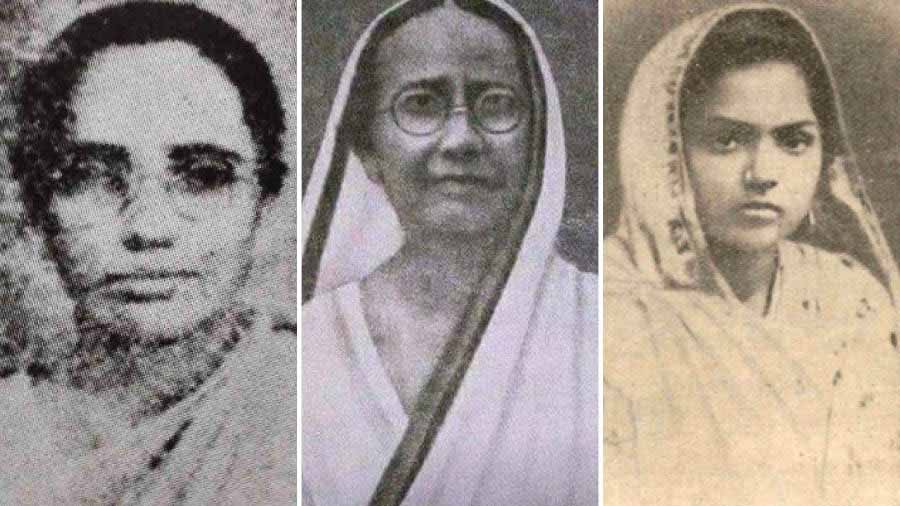Although renowned novelist Bankim Chandra Chattopadhyay portrayed women in an aggressive role in his novels Ananda Math (1882) and Devi Chowdhurani (1884), but it took some time for women of Bengal, or even India, to step forward and participate actively in the fight for India’s freedom. That is not surprising, given that education of women started late in the country. The first women’s college in Asia — Bethune College — was established in 1879 and the first session of the Congress party in 1885 did not have a single woman among the 72 delegates. It took another four years for women delegates to make an entry in the leading Indian political party — the first two women were from Bengal, Kadambini Ganguly and Swarnakumari Devi.
Only a few women freedom fighters remain in public memory — Matagini Hazra, Kalpana Datta, Pritilata Waddeddar and Bina Das are among the common names. A few may add Basanti Devi and Nellie Sengupta at the most.
My Kolkata looks back at some of the forgotten women revolutionaries of Bengal.
Indumati Goenka
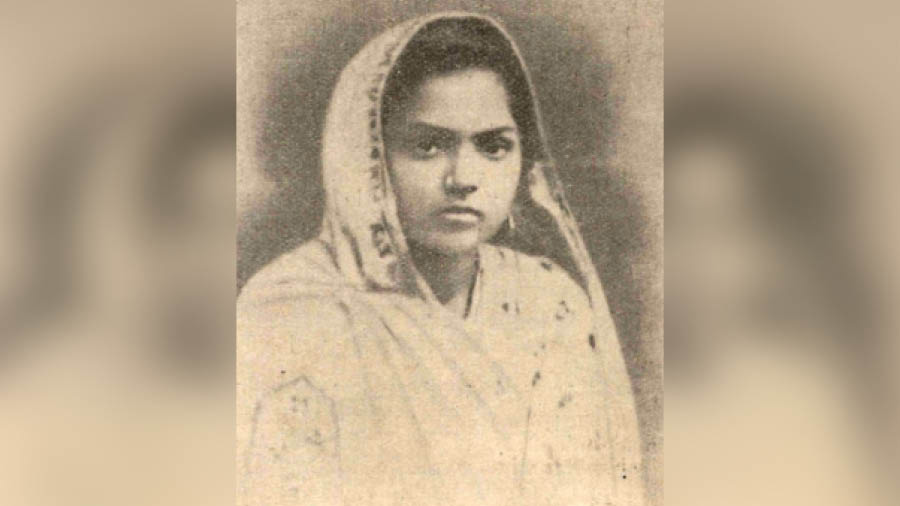
Indumati Goenka
Wikimedia CommonsIt is a pity that the public in general has forgotten the name of Indumati Goenka, daughter of well-known Congress worker Padmaraj Jain. The family hailed from Rajasthan. Born in 1914, Indumati was inspired by his father who was in favour of women’s education. A student of Bethune College, Indumati was married into the family of Congress leader Keshabdas Goenka in 1929. She joined in the non-cooperation movement organised by the Nari Satyagraha Samity and played an active role in picketing in front of Burrabazar foreign cloth merchants and setting fire to foreign clothes. Once, while Indumati was leading a group of volunteers, a police sergeant tried to snatch away the Congress flag (which was considered the national flag at that time) from her hand. Instead of backing away, Indumati promptly bit the hand of the sergeant, forcing him to let go of her. She issued a demand letter and asked the police officer to refrain from harassing the women of the country. She also invited the Indian soldiers in British ato join the freedom movement of India. Her demand draft was distributed in Delhi, Kanpur, Agra among other places. As a result, she was arrested and jailed for nine months in 1930.
Ila Sen
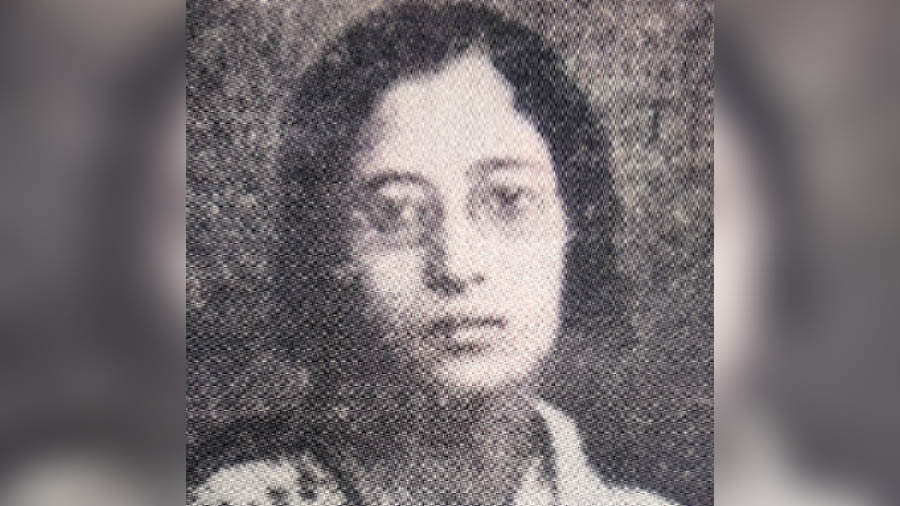
Ila Sen
From the book ‘Swadhinata Sangrame Banglar Nari’ by Kamala Dasgupta, Jayasree Prakashan (September 18, 1963)Not to be confused with the renowned peasants movement organiser Ila Sen Mitra, Ila Sen was born in the then Malay Federated States, a federation of four protected states in the Malay Peninsula, in 1907. Her father was a renowned doctor named Brojendranath Sen. Ila was also an alumna of Bethune College and received first class in both MA and BT in 1931 and 1932, respectively. Despite being a brilliant student, she participated in the Simon Commission boycott movement in 1928 and Salt Satyagraha in 1930 and was imprisoned. She is remembered for one particular incident — on June 22, 1930, she single-handedly inspired everyone to resist a group of mounted police about to launch an attack on a procession marching in memory of Deshbandhu Chittaranjan Das. She hung onto the reins of a mounted policeman, preventing him from moving forward and charging and thus inspired other women in the procession to do so. She also refused to be a witness against Indumati Goenka.
Shanti Ghose and Suniti Chowdhury
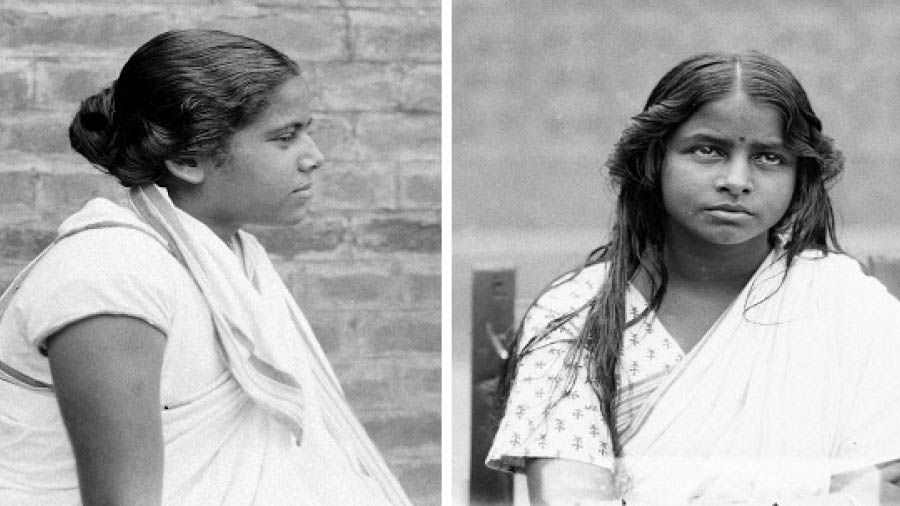
Shanti Ghosh and (right) Suniti Chowdhury
Wikimedia CommonsBoth students of Nawab Faizunnesa Government Girls High School of Comilla, Shanti Ghose and Suniti Chowdhury joined Jugantar Party at the age of 16. In a bold move, they marched into the office of district magistrate of Comilla Charles Geoffrey Buckland Stevens on December 14, 1931, on the pretence of presenting candies and chocolates to the magistrate ahead of Christmas. While Stevens was busy eating the candies, both the girls shot him at point-blank range, using automatic pistols hidden under their shawls. Suniti was released with Santi in 1939, after having served seven years of her sentence.
Nanibala Devi
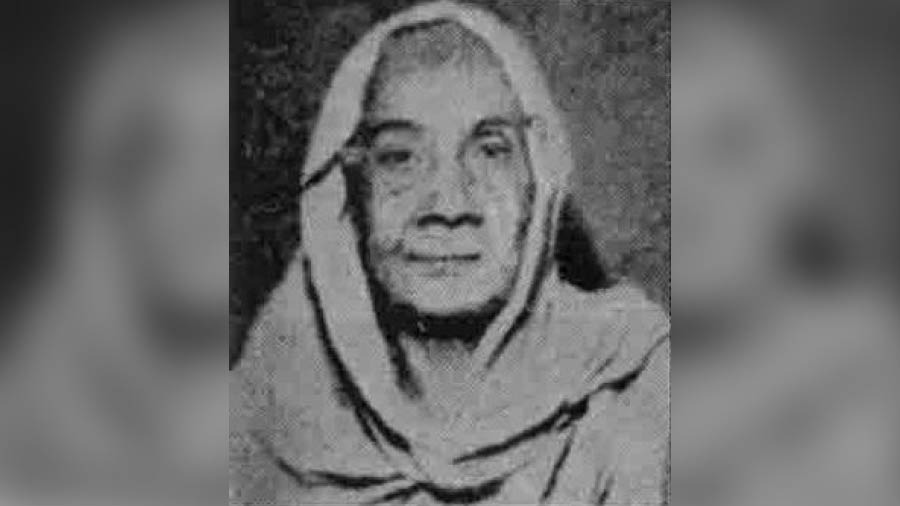
Nanibala Devi
Wikimedia CommonsNanibala Bandopadhyay aka Nanibala Devi, often confused with writer Nalinibala Devi, was perhaps the first Bengali woman to play a stellar role in the revolutionary movement. A young widow, Nanibala was inspired to join the revolutionary movement by her nephew Amarendra Chatterjee, a famous revolutionary of the Chandannagore group. She accompanied the revolutionaries as their mother, wife or aunt so that they could be above suspicion. After the Rodda arms heist, revolutionary Ramachandra Majumdar was arrested and did not have time to reveal where he had hidden his pistol. Nanibala Devi went to meet him in Presidency jail, posing as his wife, and got the information. She was ultimately caught in Peshawar and tortured by the British police. She resorted to fasting for 21 days, following which she was declared a state prisoner. After her release , she was not accepted by her family and society. She stayed in a slum for the rest of her life and died in the 1960s, forgotten by her countrymen.
Dukari Bala Devi

Dukari Bala Devi
Wikimedia CommonsThe first woman revolutionary trained under Bipin Behari Ganguly, Dukari Bala Devi was arrested by the British government for her involvement in the Rodda arms heist. Her brother-in-law Nibaran Ghatak inspired her to join the freedom movement. She was arrested under the arms act from a clue derived by the police from a letter written by his teacher Jyotish Chandra Ghosh. Seven Mauser rifles, 1,100 old rounds of cartridges and seditious literature were seized from her house. When she came back from her two-year prison term, her husband separated. She was left to bring up her kids alone.
Banalata Sen

Banalata Sen
From the book ‘Swadhinata Sangrame Banglar Nari’ by Kamala DasguptaBanalata Sen is a household name, courtesy Jibananda Das’s famous poem. But there was another Banalata Sen whom the Bengalis have completely forgotten. She was a revolutionary born in 1915 in Faridpur zilla of Bangladesh. Banalata’s intermediate and undergraduate education was at Women’s College, Calcutta. Subsequently, she pursued a Master of Arts in Economics at Calcutta University and lived in a women’s hostel in north Kolkata. Banalata’s revolutionary work began with her induction into Anushilan Samity in her student days. Her most important work was to aid political prisoners who had escaped from Alipore Jail and taken shelter in a hideout in Titagarh. She was also connected to the Inter-Provincial Conspiracy Case of Titagarh. She became secretary of All Bengal Girls' Students' Union. She was leading a rally that was part of the Quit India Movement in 1942, when she was assaulted by the police and ended up being sevrely injured in lathicharge. She was arrested and jailed for three years. Later, she helped people who suffered during the 1946 riots.


